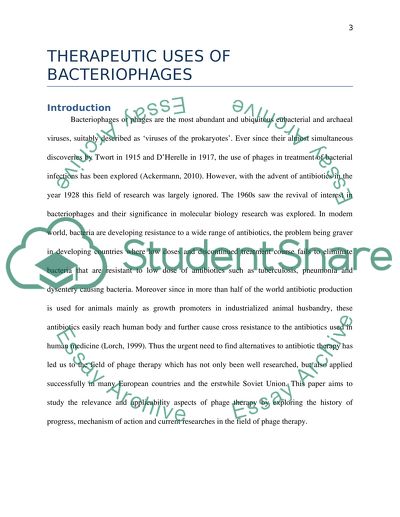Cite this document
(“Therapeutic Uses of Bacteriophages Research Paper”, n.d.)
Therapeutic Uses of Bacteriophages Research Paper. Retrieved from https://studentshare.org/health-sciences-medicine/1416064-microbial-biotechnology-essay
Therapeutic Uses of Bacteriophages Research Paper. Retrieved from https://studentshare.org/health-sciences-medicine/1416064-microbial-biotechnology-essay
(Therapeutic Uses of Bacteriophages Research Paper)
Therapeutic Uses of Bacteriophages Research Paper. https://studentshare.org/health-sciences-medicine/1416064-microbial-biotechnology-essay.
Therapeutic Uses of Bacteriophages Research Paper. https://studentshare.org/health-sciences-medicine/1416064-microbial-biotechnology-essay.
“Therapeutic Uses of Bacteriophages Research Paper”, n.d. https://studentshare.org/health-sciences-medicine/1416064-microbial-biotechnology-essay.


